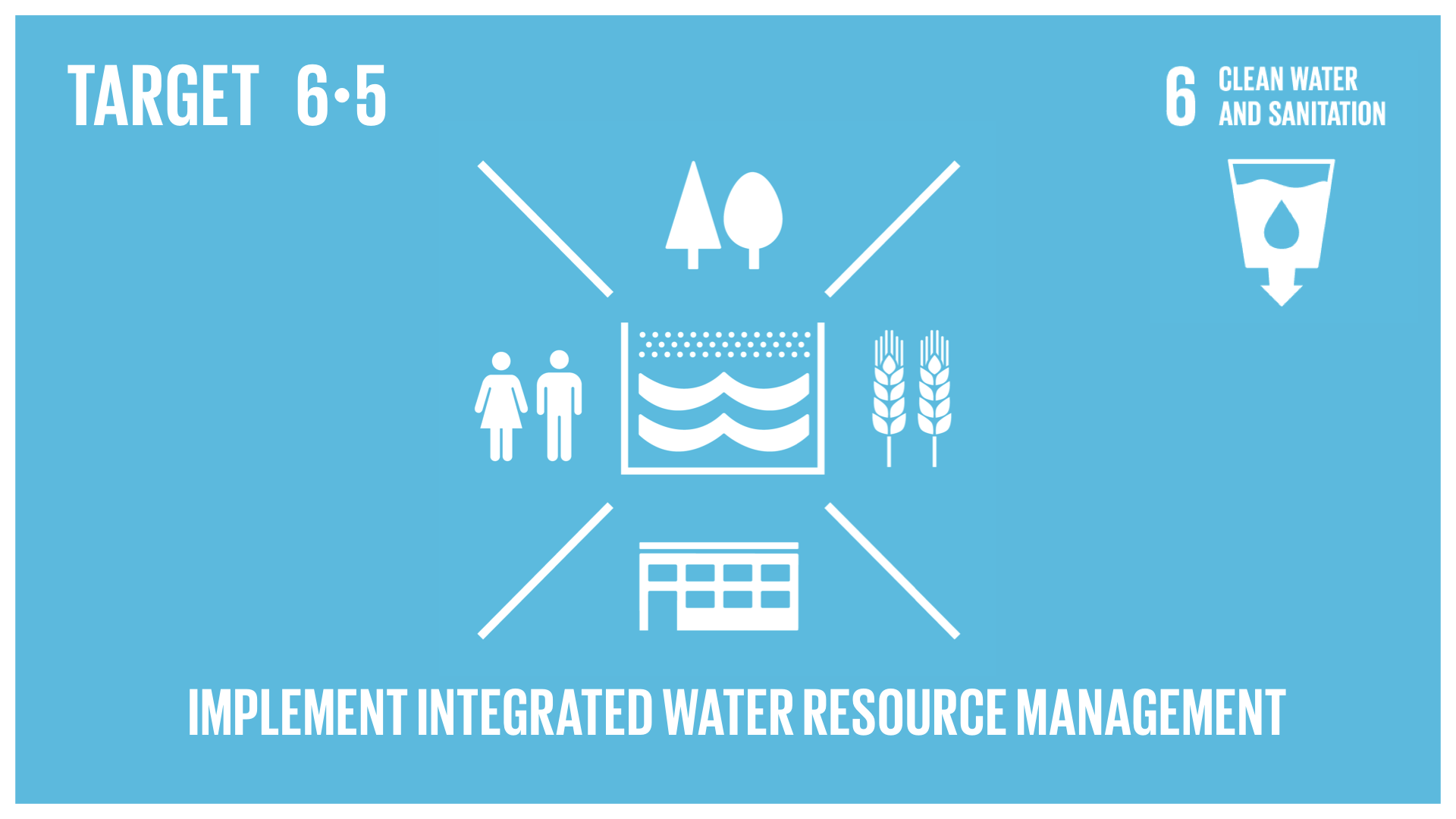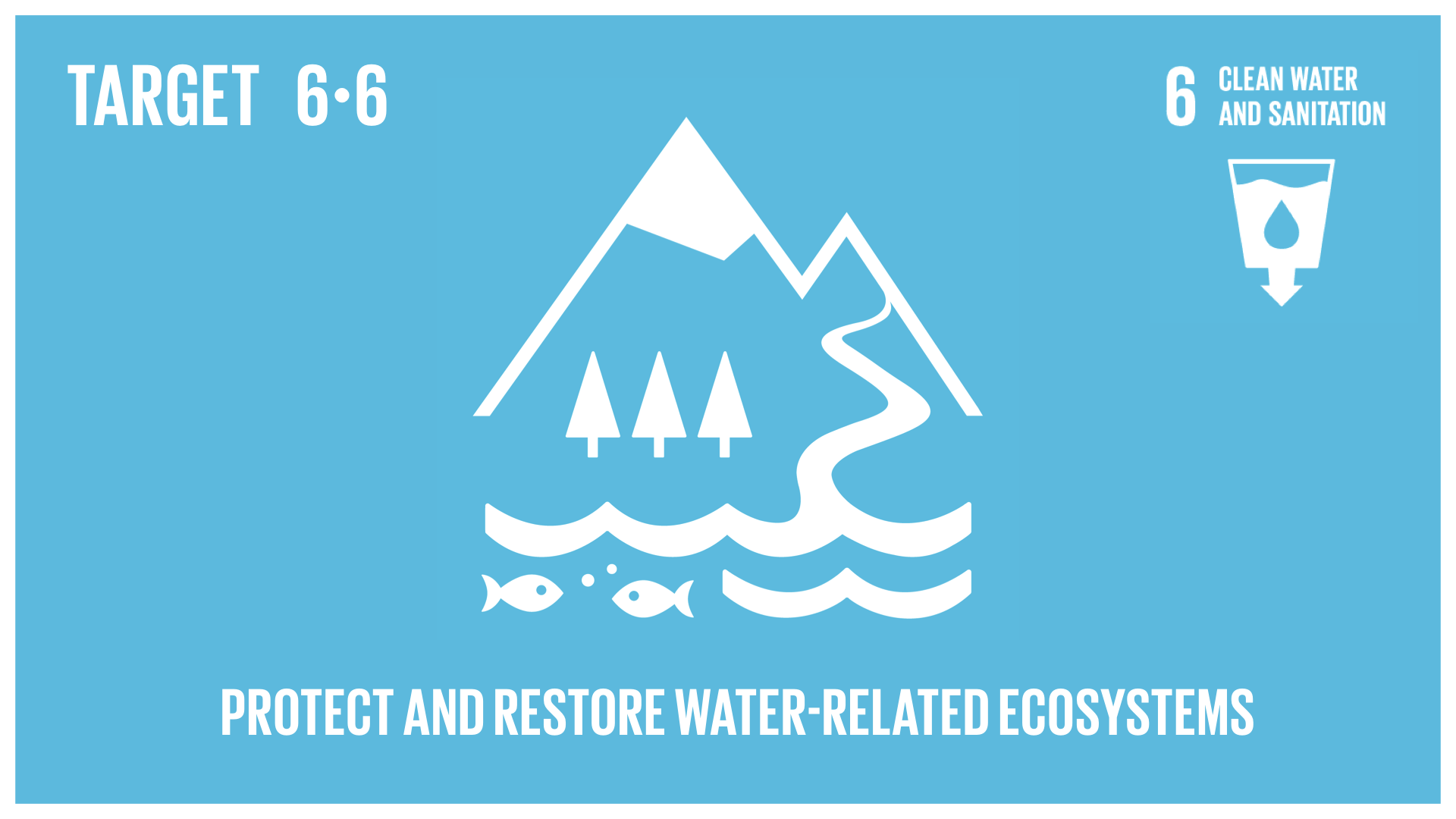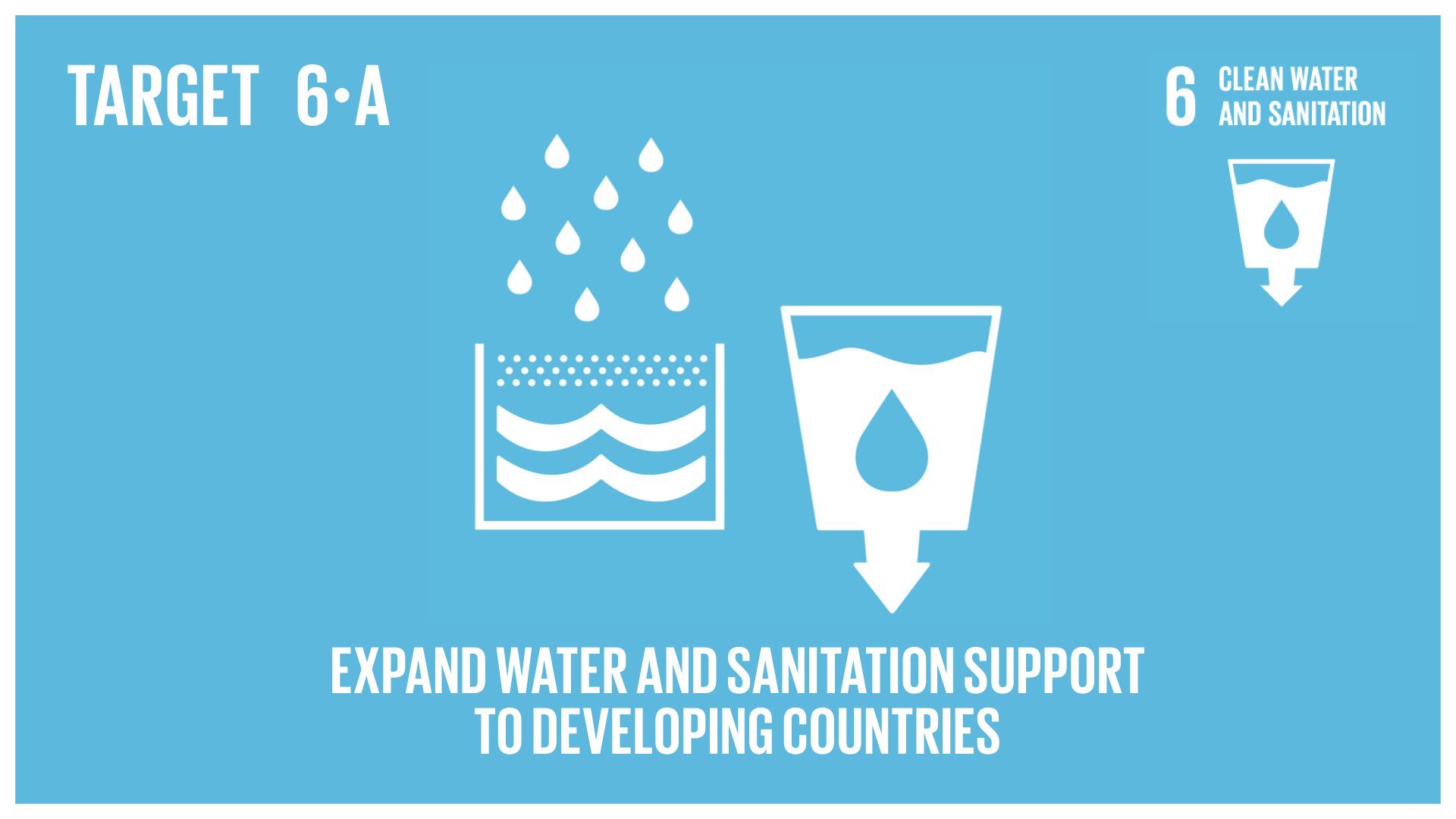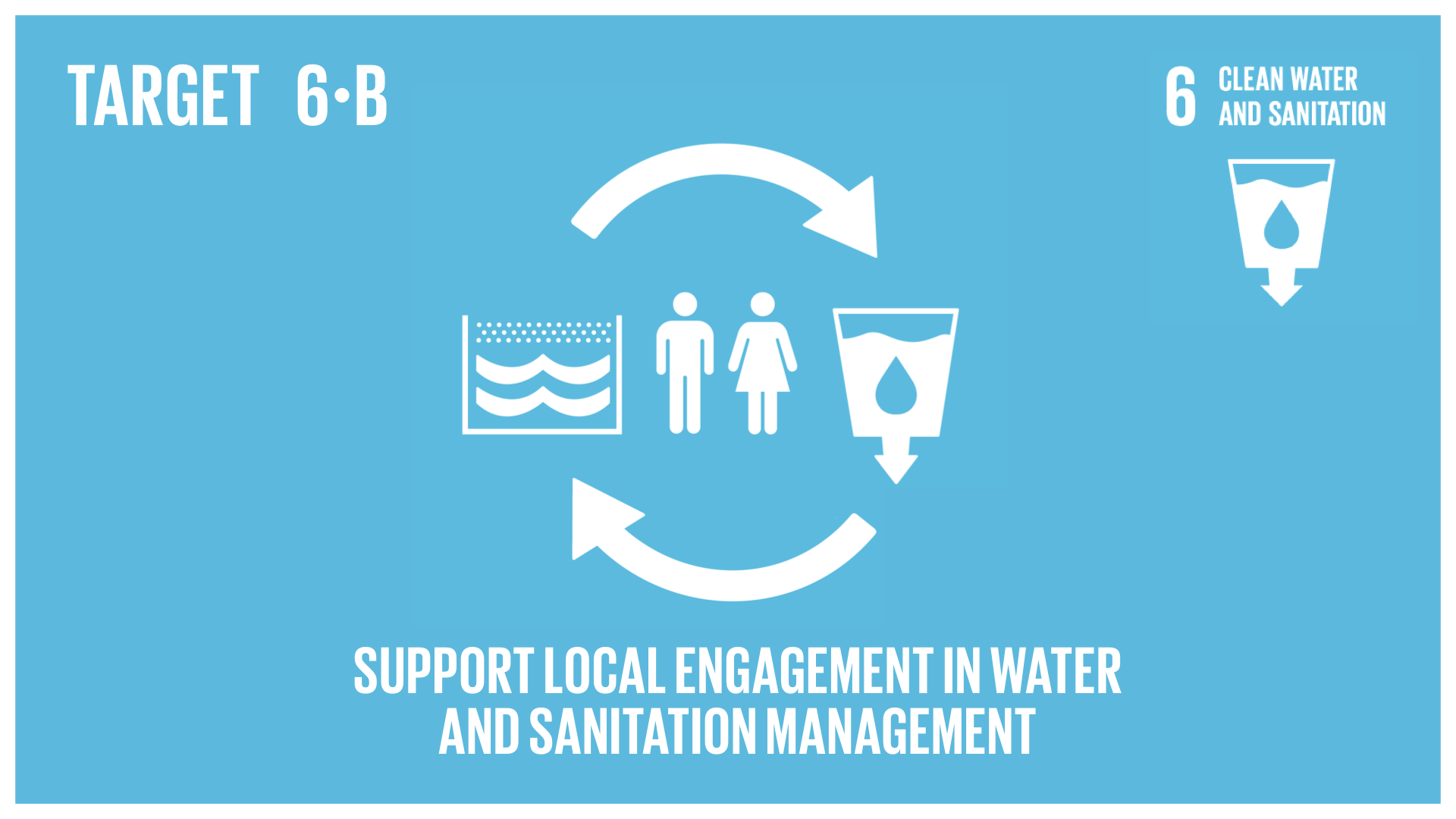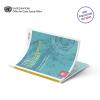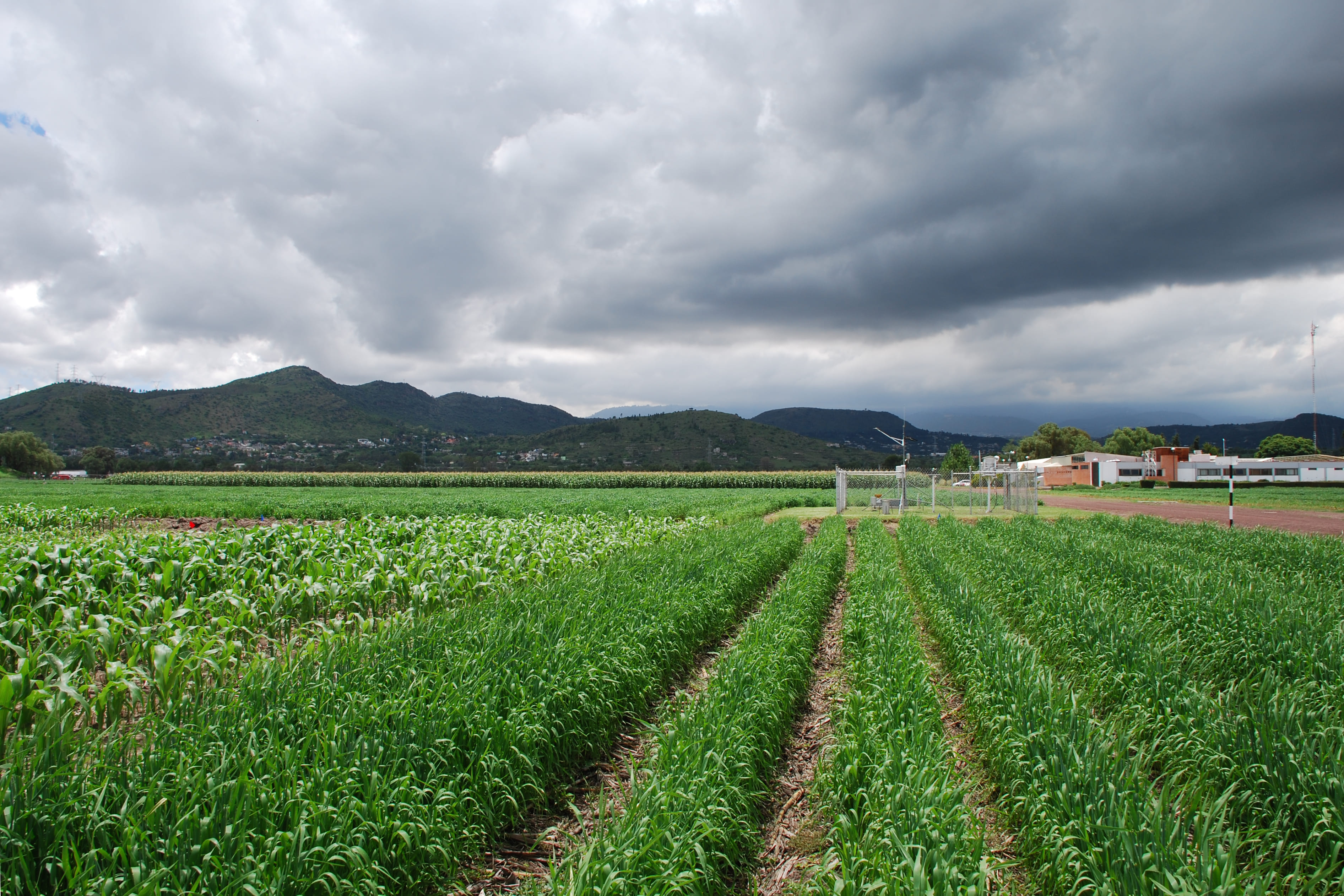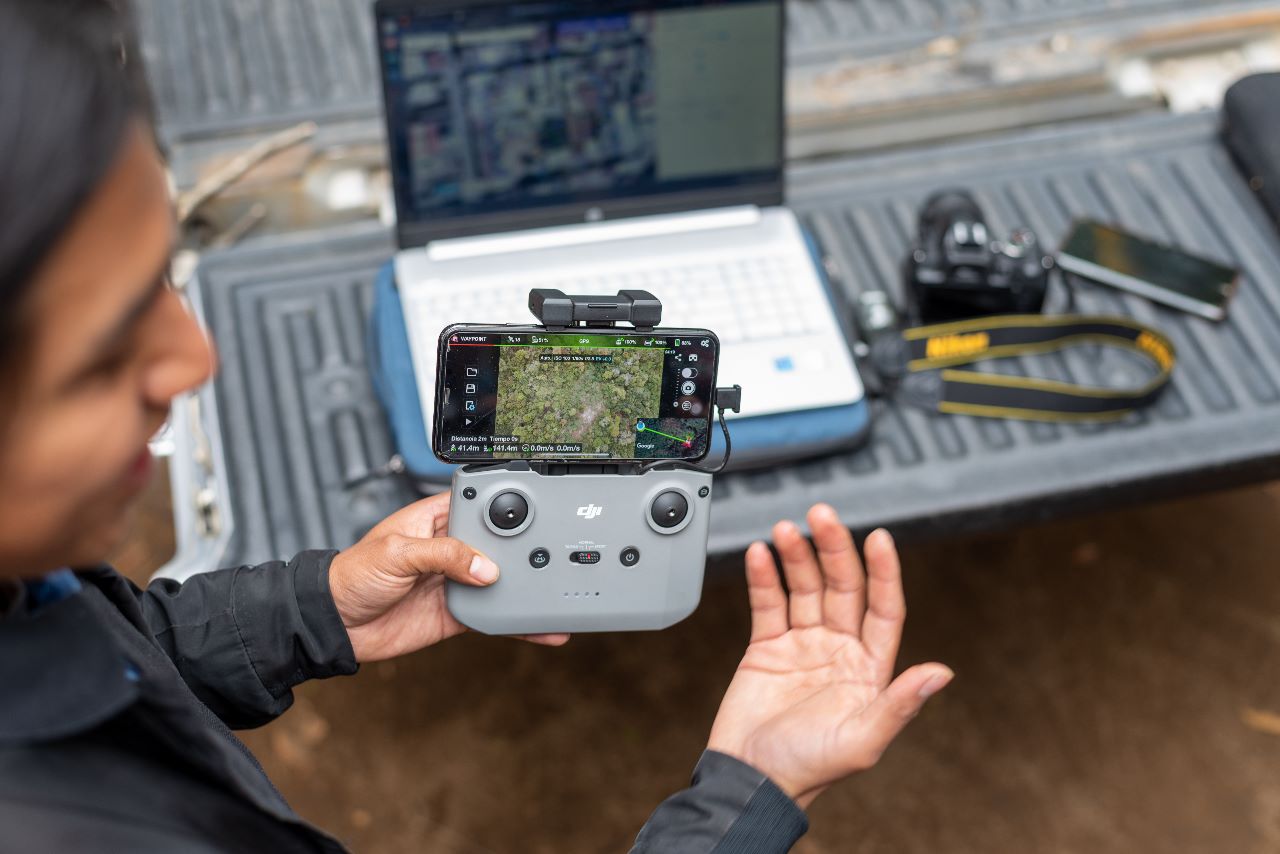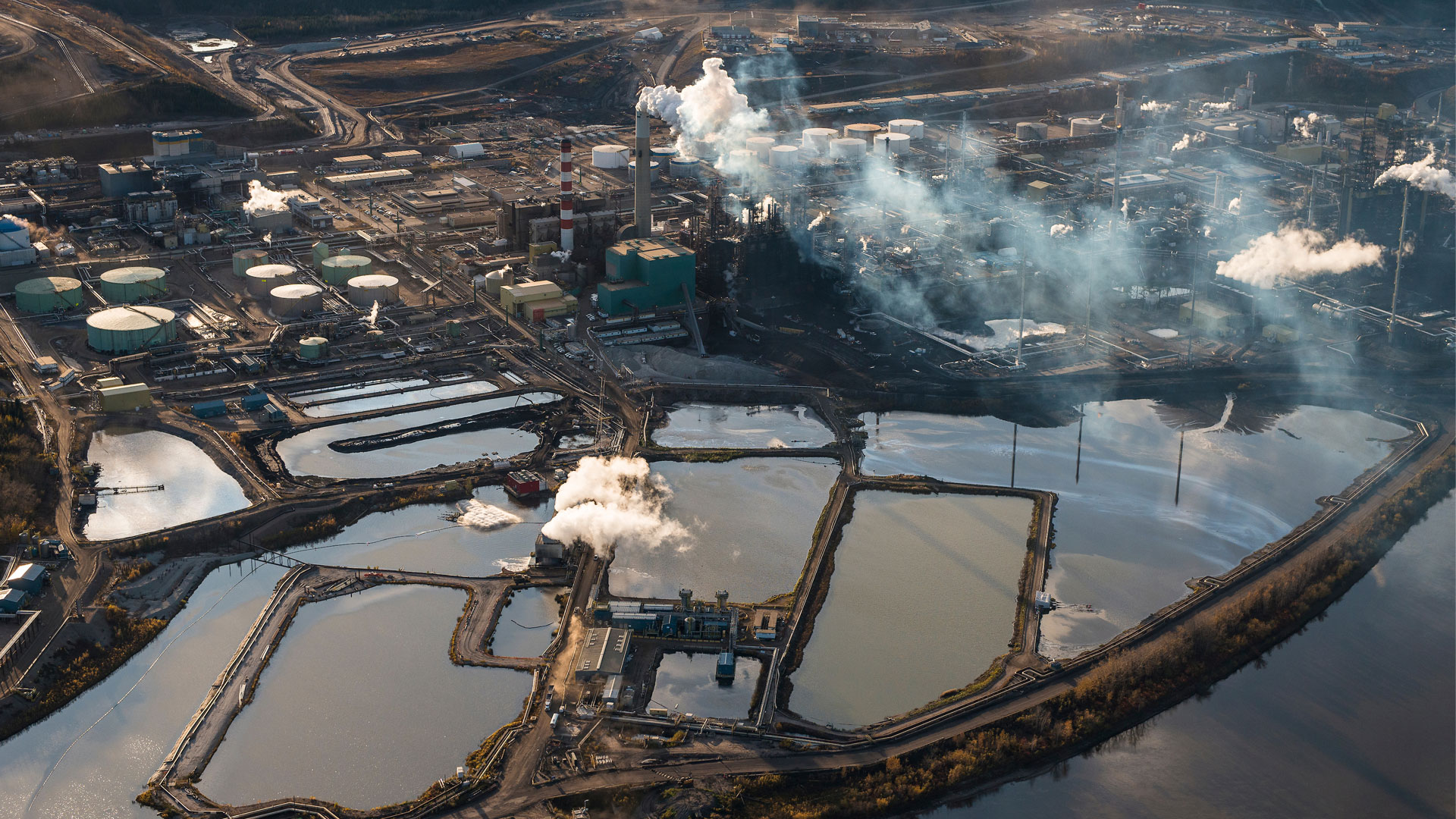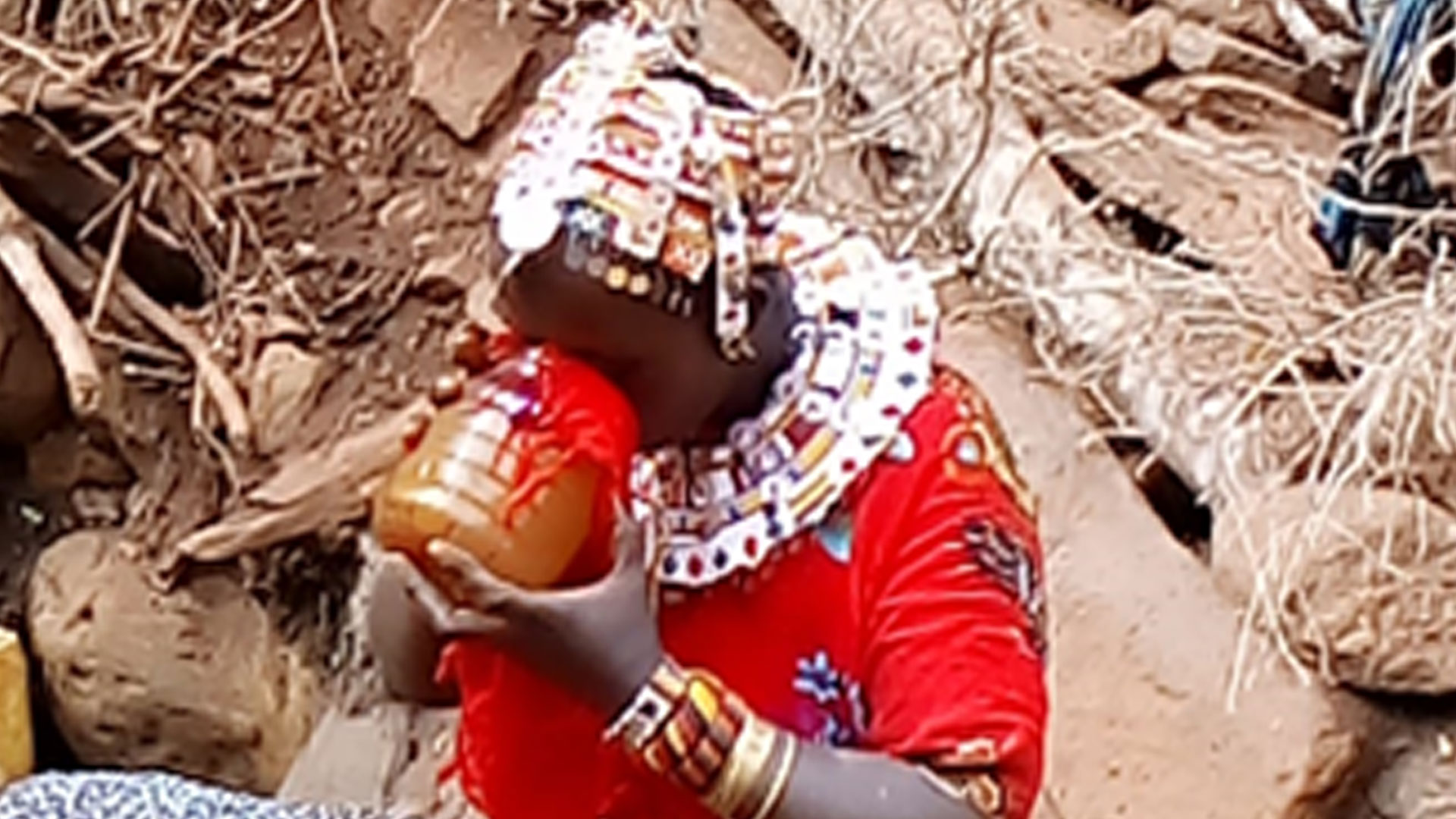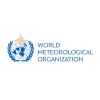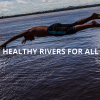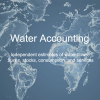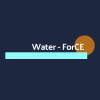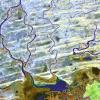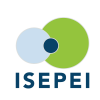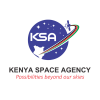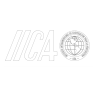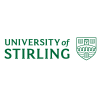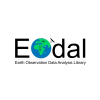SDG 6 - Clean water and sanitation
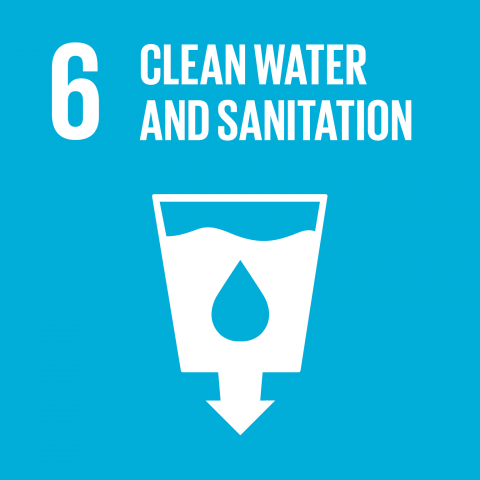
Ensure access to water and sanitation for all
Clean, accessible water for all is an essential part of the world we want to live in. There is sufficient fresh water on the planet to achieve this. But due to bad economics or poor infrastructure, every year millions of people, most of them children, die from diseases associated with inadequate water supply, sanitation and hygiene.
Water scarcity, poor water quality and inadequate sanitation negatively impact food security, livelihood choices and educational opportunities for poor families across the world. Drought afflicts some of the world’s poorest countries, worsening hunger and malnutrition.
By 2050, at least one in four people is likely to live in a country affected by chronic or recurring shortages of fresh water.
Facts and Figures
- 2.6 billion people have gained access to improved drinking water sources since 1990, but 663 million people are still without
- At least 1.8 billion people globally use a source of drinking water that is fecally contaminated
- Between 1990 and 2015, the proportion of the global population using an improved drinking water source has increased from 76 per cent to 91 per cent
- But water scarcity affects more than 40 per cent of the global population and is projected to rise. Over 1.7 billion people are currently living in river basins where water use exceeds recharge
- 2.4 billion people lack access to basic sanitation services, such as toilets or latrines
- More than 80 per cent of wastewater resulting from human activities is discharged into rivers or sea without any pollution removal
- Each day,nearly 1,000 children die due to preventable water and sanitation-related diarrhoeal diseases
- Hydropower is the most important and widely-used renewable source of energy and as of 2011, represented 16 per cent of total electricity production worldwide
- Approximately 70 per cent of all water abstracted from rivers, lakes and aquifers is used for irrigation
- Floods and other water-related disasters account for 70 per cent of all deaths related to natural disasters
Space-based technologies for SDG 6
Water conservation and management are among the most critical issues facing humankind.Space technology can help analyse global water cycles, map water courses, and monitor and mitigate the effects of floods and droughts. Since 2008, UNOOSA, together with the Prince Sultan bin Abdulaziz International Prize for Water, organizes conferences on the use of space technology for water management and this web portal is among the results of this cooperation.
Moreover, the International Water Management Institute (IWMI) is one of the Regional Support Offices of UN-SPIDER. Read more here.
United Nations (2018). https://www.un.org/sustainabledevelopment/water-and-sanitation/
Related Content
Article
Un secreto oculto que se convierte en agua: el seguimiento del receso de los glaciares patagónicos
Translated by: Isabel Zetina
No hace mucho, en 1916, el explorador Padre De Agostini inspeccionó parte de la topografía de los glaciares Escondidos de la Patagonia (De Agostini, 1949). Hoy en día, la tecnología espacial, como las misiones ICESat de la NASA y los datos de la Shuttle Radar Topography Mission (SRTM), permiten seguir los cambios de los glaciares a lo largo del tiempo.
Conservación de humedales: cómo la observación por satélite apoya la gestión sostenible de los humedales
Translated by: Isabel Zetina
El 2 de febrero de 2020 celebramos el Día Mundial de los Humedales para concienciar al mundo sobre el papel vital de los humedales para las personas y nuestro planeta. La edición de este año destaca la conexión entre el agua, los humedales y la vida.
Space technologies in the detection, monitoring and management of groundwater
Global groundwater supplies
Groundwater accounts for 30% of Earth’s freshwater resources (Shiklomanov 1993) (Figure 1) and is estimated to globally provide 36% of potable water, 42% of irrigation water, and 24% of industrial water – indicating its significant value (Global Environment Facility 2021). Groundwater affords a host of benefits, from providing better protection against drought and microbiological contamination than surface waters, to being generally low cost and accessible to many users.
Les Femmes, l'Eau et l'Espace : Le Premier Rallye Géospatial Dédié aux Femmes et aux Aqueducs Ruraux
Real-time drought monitoring from Climate Hazards group Infrared Precipitation with Stations (CHIRPS)
Different parts of world are experiencing extreme hydrological hazards such as droughts, flooding and other related events. Droughts are associated with absence of rainfall occurrence over an extended period. According to the United Nations (2022), the frequency and intensity of drought events in the last two decades has increased by 29%. These figures are expected to increase further in the coming years due to climate change (Gunathilake et al., 2020).
A hidden secret that becomes water: Monitoring Patagonian Glacier Retreat
It was not long ago, in 1916, that the explorer Padre De Agostini surveyed part of the topography of the Escondidos glaciers (“hidden glaciers”, in English) in Patagonia (De Agostini, 1949). Today, space technology such as NASA’s ICESat Missions and Shuttle Radar Topography Mission (SRTM) data, allow to monitor changes in glaciers over time.
Acuaporinas: la lucha contra la crisis mundial del agua utilizando el propio filtro de la naturaleza
Exploring the exciting potential of hyperspectral imaging for water quality monitoring
Harmful Algal Blooms occur when toxin-producing algae experience excessive growth within bodies of water. These blooms have the potential to cause detrimental effects on both aquatic and human health and can sometimes even cause death, depending on the type of algae involved (NIEHS, 2021). Thanks to the use of space-based remote sensing technology to monitor water quality conditions in coastal areas and drinking water reservoirs, nations are becoming more aware of the quality of their water.
Un secreto oculto que se convierte en agua: el seguimiento del receso de los glaciares patagónicos
Translated by: Isabel Zetina
No hace mucho, en 1916, el explorador Padre De Agostini inspeccionó parte de la topografía de los glaciares Escondidos de la Patagonia (De Agostini, 1949). Hoy en día, la tecnología espacial, como las misiones ICESat de la NASA y los datos de la Shuttle Radar Topography Mission (SRTM), permiten seguir los cambios de los glaciares a lo largo del tiempo.
卫星遥感技术在气溶胶监测以及水文循环研究的应用
Translated by Dr. Mengyi Jin
短时强降雨或长期干旱等极端天气事件往往会对地区经济、生态系统以及城市社区的正常运行造成负面影响。这些极端天气事件和大气中气溶胶的存在密切相关。气溶胶是悬浮于空气中的微小颗粒,它能够改变云的性质和降水过程,从而影响整个水文循环。因此,深入理解气溶胶、云以及水文循环之间的相互作用,对于应对气候变化具有重要意义。
近年来,随着太空技术的不断发展,尤其是卫星遥感技术的突破,气溶胶研究取得了重大进展。例如激光雷达(LiDAR)和多角度成像光谱辐射计等卫星遥感技术的广泛应用,使科学家们能够获取大气中气溶胶分布及其动态变化的高精度监测数据。这些数据有助于科学家们深入探讨气溶胶、降水以及水资源分布之间的关联(Winker et al. 2009)。通过大量实时监测数据,卫星遥感技术不仅提升了对水文循环的预测能力,也为提出应对水资源危机的政策建议提供了有力支持。
Space technologies in the detection, monitoring and management of groundwater
Global groundwater supplies
Groundwater accounts for 30% of Earth’s freshwater resources (Shiklomanov 1993) (Figure 1) and is estimated to globally provide 36% of potable water, 42% of irrigation water, and 24% of industrial water – indicating its significant value (Global Environment Facility 2021). Groundwater affords a host of benefits, from providing better protection against drought and microbiological contamination than surface waters, to being generally low cost and accessible to many users.
Les Femmes, l'Eau et l'Espace : Le Premier Rallye Géospatial Dédié aux Femmes et aux Aqueducs Ruraux
A hidden secret that becomes water: Monitoring Patagonian Glacier Retreat
It was not long ago, in 1916, that the explorer Padre De Agostini surveyed part of the topography of the Escondidos glaciers (“hidden glaciers”, in English) in Patagonia (De Agostini, 1949). Today, space technology such as NASA’s ICESat Missions and Shuttle Radar Topography Mission (SRTM) data, allow to monitor changes in glaciers over time.
遥感技术在水敏感城市设计中的应用
Translated by Dr. Mengyi Jin
引言
随着城市化的快速推进,城市水环境正面临前所未有的挑战 (Chen et al. 2015)。城市地表不透水面的持续扩张削弱了自然雨水循环,导致降雨径流迅速汇集,增加了内涝发生的频率,也降低了雨水对地下水的补给能力。同时,水体污染以及城市热岛效应的加剧,进一步暴露出传统城市规划对水文系统适应性的不足。在气候变化背景下,极端降雨、干旱等事件的发生频率和强度不断上升,这些现象正严峻考验着城市对水资源的调蓄、排涝、净化和生态恢复等能力。
在这个背景下,水敏感城市设计(Water Sensitive Urban Design, WSUD)作为一种新型城市发展模式被广泛关注。与“低影响开发”(Low Impact Development, LID)理念相似, 水敏感城市设计强调模拟自然水循环过程,并提升城市应对水资源相关挑战的韧性。其核心目标在于将水资源视为城市系统中不可或缺的组成部分,通过系统性地管理水的收集、输送、处理与储存过程,实现其生态功能与社会功能的有机融合(Wong 2006)。
Wetlands conservation: How satellite observation supports sustainable wetland management
On 2 February 2020, we celebrate World Wetlands Day to raise global awareness about the vital role of wetlands for people and our planet. This year’s edition highlights the connection between water, wetlands, and life.
Acuaporinas: la lucha contra la crisis mundial del agua utilizando el propio filtro de la naturaleza
Monitoreando la escorrentía mediante datos de observación de la Tierra
Translated by Isabel Zetina
Cuando la lluvia cae sobre la Tierra, el agua empieza a moverse y a fluir cuesta abajo a través de alcantarillas y ríos en forma de escorrentía. La escorrentía es extremadamente importante para recargar las masas de agua de la superficie y las aguas subterráneas. Además, la escorrentía modifica el paisaje por acción de la erosión. Es una parte integral del ciclo del agua (Earth Science Data Systems 2021).
Exploring the exciting potential of hyperspectral imaging for water quality monitoring
Harmful Algal Blooms occur when toxin-producing algae experience excessive growth within bodies of water. These blooms have the potential to cause detrimental effects on both aquatic and human health and can sometimes even cause death, depending on the type of algae involved (NIEHS, 2021). Thanks to the use of space-based remote sensing technology to monitor water quality conditions in coastal areas and drinking water reservoirs, nations are becoming more aware of the quality of their water.
Technologies Spatiales pour la Détection, la Surveillance et la Gestion des Eaux Souterraines
Les réserves mondiales d'eau souterraine
Les eaux souterraines représentent 30 % des ressources en eau douce de la planète (Shiklomanov 1993) (figure 1) et fournissent au niveau mondial 36 % de l'eau potable, 42 % de l'eau d'irrigation et 24 % de l'eau industrielle, témoignant de leur valeur considérable (Global Environment Facility 2021).
A hidden secret that becomes water: Monitoring Patagonian Glacier Retreat
It was not long ago, in 1916, that the explorer Padre De Agostini surveyed part of the topography of the Escondidos glaciers (“hidden glaciers”, in English) in Patagonia (De Agostini, 1949). Today, space technology such as NASA’s ICESat Missions and Shuttle Radar Topography Mission (SRTM) data, allow to monitor changes in glaciers over time.
Wetlands conservation: How satellite observation supports sustainable wetland management
On 2 February 2020, we celebrate World Wetlands Day to raise global awareness about the vital role of wetlands for people and our planet. This year’s edition highlights the connection between water, wetlands, and life.
Acuaporinas: la lucha contra la crisis mundial del agua utilizando el propio filtro de la naturaleza
Monitoreando la escorrentía mediante datos de observación de la Tierra
Translated by Isabel Zetina
Cuando la lluvia cae sobre la Tierra, el agua empieza a moverse y a fluir cuesta abajo a través de alcantarillas y ríos en forma de escorrentía. La escorrentía es extremadamente importante para recargar las masas de agua de la superficie y las aguas subterráneas. Además, la escorrentía modifica el paisaje por acción de la erosión. Es una parte integral del ciclo del agua (Earth Science Data Systems 2021).
Technologies Spatiales pour la Détection, la Surveillance et la Gestion des Eaux Souterraines
Les réserves mondiales d'eau souterraine
Les eaux souterraines représentent 30 % des ressources en eau douce de la planète (Shiklomanov 1993) (figure 1) et fournissent au niveau mondial 36 % de l'eau potable, 42 % de l'eau d'irrigation et 24 % de l'eau industrielle, témoignant de leur valeur considérable (Global Environment Facility 2021).
Un secreto oculto que se convierte en agua: el seguimiento del receso de los glaciares patagónicos
Translated by: Isabel Zetina
No hace mucho, en 1916, el explorador Padre De Agostini inspeccionó parte de la topografía de los glaciares Escondidos de la Patagonia (De Agostini, 1949). Hoy en día, la tecnología espacial, como las misiones ICESat de la NASA y los datos de la Shuttle Radar Topography Mission (SRTM), permiten seguir los cambios de los glaciares a lo largo del tiempo.
Space-based technology for aerosol monitoring and its role in the hydrological cycle
Extreme weather events, such as sudden downpours or prolonged droughts, disrupt economies, ecosystems, and communities. These events are closely linked to aerosols—tiny atmospheric particles that influence the hydrological cycle by altering cloud properties and precipitation. Understanding the interactions between aerosols, clouds, and the hydrological cycle is essential for managing climate variability.
Conservación de humedales: cómo la observación por satélite apoya la gestión sostenible de los humedales
Translated by: Isabel Zetina
El 2 de febrero de 2020 celebramos el Día Mundial de los Humedales para concienciar al mundo sobre el papel vital de los humedales para las personas y nuestro planeta. La edición de este año destaca la conexión entre el agua, los humedales y la vida.
Acuaporinas: la lucha contra la crisis mundial del agua utilizando el propio filtro de la naturaleza
Les Femmes, l'Eau et l'Espace : Le Premier Rallye Géospatial Dédié aux Femmes et aux Aqueducs Ruraux
基于卫星遥感的河流三角洲监测
Translated by Dr. Mengyi Jin
自古以来,河流三角洲因水资源丰富、土壤肥沃及交通便利而成为人类聚居的重要区域。这一格局延续至今。目前,生活在三角洲地区的人口已接近 60 亿,使其成为全球人口最稠密的地区之一(Kuenzer and Renaud 2011)。然而,这些三角洲地区正面临着气候变化、海平面上升、土地利用方式转变以及生态系统退化等威胁。遥感技术在获取环境状况及其时序变化方面具有显著优势,其在识别灾害前兆信号、预测自然现象演变等方面发挥着关键作用。在三角洲地区,遥感已被广泛应用于海岸线变化监测、洪水监测与预测等领域(Merkuryeva et al. 2015;Li and Damen 2010)。持续开展三角洲监测不仅有助于维护其生态功能,还能及时识别潜在风险,并为科学管理提供重要依据,而遥感正是实现这一目标的关键技术。
Space-based technologies and data complementing GRACE datasets for groundwater assessments and monitoring
With increasing populations, groundwater abstraction also increased as about half of the global urban population access their water through aquifers (Foster et al., 2020). With 74% of the world population depending on it for safe drinking water services and sanitation (WHO and UNICEF, 2021), groundwater plays a vital role in health.
Interview with Benjamin Kitambo, PhD student at the Laboratory for Space Geophysics and Oceanography
10th PSIPW Award - Call for nominations
The Prince Sultan Bin Abdulaziz International Prize for Water (PSIPW) is an international award focusing on water-related scientific innovation and judged by leading scientists from around the world. It gives recognition to scientists, researchers and inventors around the world for pioneering work that addresses the problem of water scarcity in creative and effective ways. Five prizes are bestowed every two years.
9th PSIPW Award - Call for nominations
The Prince Sultan Bin Abdulaziz International Prize for Water (PSIPW) is an international award focusing on water-related scientific innovation and judged by leading scientists from around the world. It gives recognition to scientists, researchers and inventors around the world for pioneering work that addresses the problem of water scarcity in creative and effective ways. Five prizes are bestowed every two years.
Call for contributions to the PaleBlueDOT challenge by NASA and the United States Permanent Mission in Vienna
Are you interested in leveraging public Earth observation data and visualization techniques to contribute to SDGS? You have until 26 January 2024 to sign-up to the PaleBlueDot challenge organized on behalf of NASA and the US mission to international organization in Vienna.
Call: Youth4Water Essay Competition 2022
The United Nations Office for Outer Space Affairs (UNOOSA), in collaboration with the Space Generation Advisory Council (SGAC), has launched the 2022 edition of the Space4Youth Essay Competition! Water scarcity is a major global challenge. Young people play a key role. UNOOSA and SGAC want to give a voice to and promote youth's ideas on the use of space for water resources management and aquatic ecosystem preservation.
Interview with Benjamin Kitambo, PhD student at the Laboratory for Space Geophysics and Oceanography
Register for the 1st Space4Water Stakeholder Meeting - End or registration: 30 September
Space4Water stakeholders, featured young professionals and professionals, join us in Vienna at the 1st Space4Water Stakeholder Meeting.
Dates and location
The workshop will take place on 27-28 October 2022 at the Vienna International Centre, with an opportunity to host it online, should COVID prevent travels in October.
Registration
To be considered for participation Space4Water stakeholders and featured professionals can register here.
Register for the 3rd Space4Water Stakeholder Meeting: Registration open
24-25 October 2023, at the Vienna International Centre
organised by the United Nations Office for Outer Space Affairs
co-organised with the Prince Sultan Bin Abdulaziz International Prize for Water (PSIPW)
This event is restricted to Space4Water stakeholders, featured professionals, young professionals and representatives of Indigenous communities featured on the portal.
Youth4Water 2022: Space as a tool to accelerate change in sustainable water resources management, hydrology and the protection of aquatic ecosystems
The United Nations Office for Outer Space Affairs (UNOOSA) and the Space Generation Advisory Council (SGAC), are thrilled to announce the results of the 2022 edition of the Space4Youth Essay Competition!
The winners are (in alphabetical order):
Register for the 2nd Space4Water Stakeholder Meeting - End of registration: 30 April
organised by UNOOSA in partnership with the Prince Sultan Bin Abdulaziz International Prize for Water (PSIPW)
11-12 May 2023, Online
This event is restricted to Space4Water stakeholders, featured professionals, young professionals and representatives of Indigenous communities featured on the portal.
Registration for speakers submitting technical presentations closes on 15 April 2023.
Registration for all other participants closes on 30 April 2023.
A celebration of valuing water for World Water Day 2021
World Water Day, celebrated each year on March 22nd, since 1993, celebrates water and raises awareness of the ongoing global water crisis. The theme this year is Valuing Water. Much more than just price, water has huge value for households, food, culture, health, education, and the environment (UN Water 2021).
Capacity Building and Training Material
Rapid Impact Assessment Using Open-source Earth Observation - on the example of the Kachowka Dam Break
The Jupyter notebook demonstrates how EOdal can be used for disaster relief after the break of the Kachowka using open-source Earth Observation data.
On June 6, 2023, the Kakhovka Dam in Ukraine broke. We do not yet know who or what was responsible for the collapse of the dam. What we do know, however, are the devastating consequences for the region downstream - especially for the local population.
Water Diplomacy, a Tool for Climate Action?
In this SIWI World Water Week workshop organised by adelphi and IHE Delft, experts from the diplomacy, development, security, climate change and water communities discussed the conditions under which specific diplomatic tools can be used by riparian and non-riparian countries to shape regional cooperation to address climate, and other security and development challenges, such as migration.
Event
World Water Week
World Water Week is the annual focal point for the globe’s water issues. It is organized by SIWI. In 2018, World Water Week will address the theme “Water, ecosystems and human development”. In 2017, over 3,300 individuals and around 380 convening organizations from 135 countries participated in the Week.
W12 Congress
The City of Cape Town proudly welcomes you to the W12 Congress, an International Conference and Expo that seeks to create the first W12 Framework and strengthen the civil society-driven governance of alternative sustainable water solutions.
The Congress brings together city officials, academics, business executives, water experts, and students from the major cities in the world that are likely to face water challenges in the next 24 – 36 months.
2024 Ocean Decade Conference

Three years after the start of the UN Decade of Ocean Science for Sustainable Development (2021-2030), the 2024 Ocean Decade Conference will bring together the Ocean Decade community and partners to celebrate achievements and set joint priorities for the future of the Decade. It will take place on 10-12 April 2024 in Barcelona, Spain.
‘Delivering the science we need for the ocean we want’
United Nations/Costa Rica/PSIPW - Sixth conference on the use of space technology for water management
San José, Costa Rica, 7-10 May 2024 (with a possibility of online attendance) - streaming in UTC-8 time zone.
Hosted and supported by the Inter-American Institute for Cooperation on Agriculture (IICA)
Co-sponsored by the Prince Sultan Bin Abdulaziz International Prize for Water (PSIPW)
7th International Symposium on Knowledge and Capacity for the Water Sector

Organised by IHE Delft Institute for Water Education
The 7th International Symposium on Knowledge and Capacity for the Water Sector will bring together sector organizations, knowledge institutes and policy makers to explore the significant shifts that have taken place in the water sector over the past decades.
Date: 2 July 2025 - 4 July 2025
Location: Hybrid (IHE Delft & online)
The Prince Sultan Bin Abdulaziz International Prize for Water (PSIPW) 9th Awards Ceremony
The Prince Sultan Bin Abdulaziz International Prize for Water (PSIPW) is an international award focusing on water-related scientific innovation and judged by leading scientists from around the world. Five prizes are bestowed every two years.
This event is being held virtually in conjunction with the United Nations General Assembly High-Level Meeting on the “Implementation of the Water-Related Goals and Targets of the 2030 Agenda.”
Webinar - Towards a greening of human rights: What does the right to a healthy environment mean for water resources?

In October 2021, the UN Human Rights Council recognized a safe, clean, healthy, and sustainable environment (R2HE) as a human right. The Council’s adoption of Resolution 48/13 is an important tool to address water resources degradation and overuse. Water is most often the medium through which climate change effects are experienced, especially by poor and vulnerable communities.
Participatory workshop for indigenous women on their roles and responsibilities related to water
register here until 21 August 2022 - if you would like to be considered for funding
In many places around the world women are responsible for water collection, a responsibility that globally takes them 200 million hours annually. It often leaves them with little to no time for school, work or to spend time with their family. Furthermore, indigenous communities' cultural heritage and knowledge about natural resources, including water, urgently needs to be considered and protected.
Local Perspectives Case Studies
Project / Mission / Initiative / Community Portal
WMO Hydrological Observing System Portal
Currently, WHOS makes available three data portals allowing users to easily leverage common WHOS functionalities such as data discovery and data access, on the web by means of common web browsers. For more information on WHOS data and available tools, please refer to the Section WHOS web services and supported tools.
WHOS-Global Portal provides all hydrometeorological data shared through WHOS. WHOS-Global Portal is implemented using the Water Data Explorer application.
Stakeholder
Publication
Software/Tool/(Web-)App
Hydrologic deep learning toolbox
This code, accessible here https://github.com/mhpi/hydroDL, contains deep learning code used to modeling hydrologic systems, from soil moisture to streamflow, from projection to forecast. The starting core of the code is a highly efficient LSTM code based on cudnn.
The work supported the publication of these papers:
Space-based Solution
Rainwater harvesting in Samburu County – in development
Suggested solution
Rainwater harvesting is a crucial solution for water scarcity in semi-arid countries like Kenya. Kenya’s arid and semi-arid lands (ASALs) cover 80% of its territory, making rainwater harvesting essential. There are various reasons why this approach can be beneficial in Samburu County.





